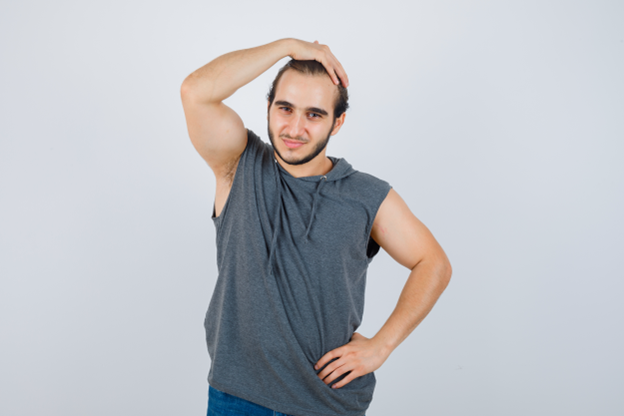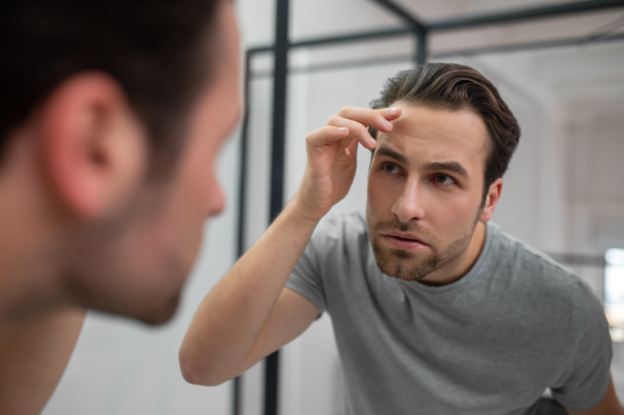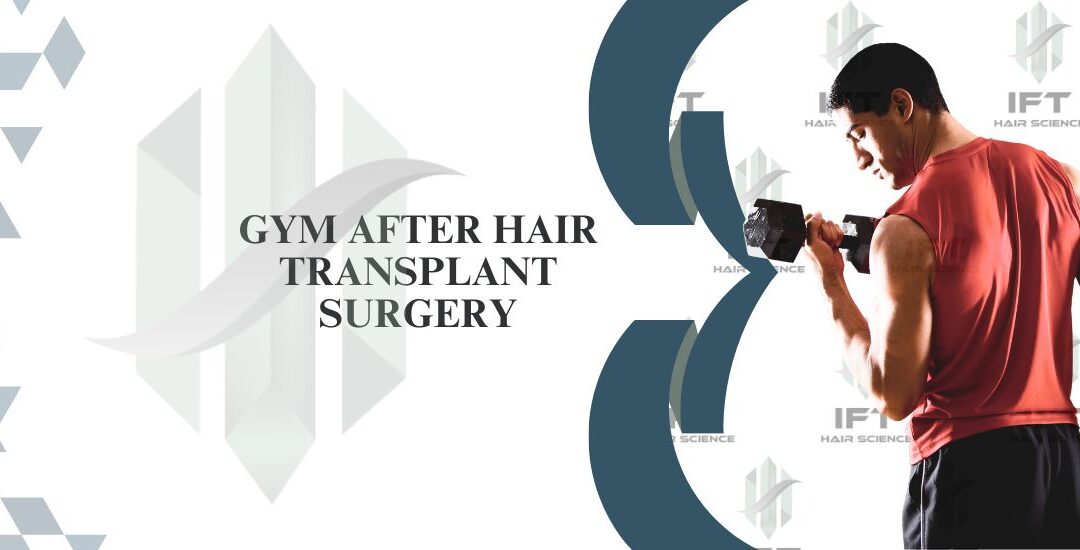Undergoing a hair transplant is both an exciting and delicate journey. The newly implanted follicles need time to stabilize, and for fitness enthusiasts, the question often arises: “When can I safely return to the gym?” Considering that the global hair transplant industry is growing at over 25% annually, and India alone witnesses thousands of successful procedures every month, this is a concern shared by many across the world.
At IFT Hair Science – , a skillful Hair Transplant Surgeon in Rajasthan, shares: “The first few weeks after a hair transplant are critical. Your scalp is in the healing phase, and engaging in heavy workouts can increase sweating, blood pressure, and even dislodge grafts. It is better to give your body the healing time it needs than risk long-term results. I usually advise my patients to follow a phased return to exercise.”
At IFT Hair Science, under the leadership of Hair Transplant Surgeon, patients receive advanced transplant care across its Jaipur and Jodhpur centers.
Why Exercise Timing Matters After Hair Transplant Surgery

Resuming gym activities right after surgery may feel tempting, especially for those who thrive on fitness routines. However, your scalp is adjusting to tiny grafts that need oxygen, blood supply, and rest to grow strong.
A distinguished dermatologist and cosmetologist in Rajasthan, explains: “The question of when to return to the gym after a hair transplant is one I hear often. Generally, light movements can resume after about 7–10 days, but strenuous exercise such as weightlifting or running should ideally be delayed for 3–4 weeks. The key is avoiding pressure on the scalp and minimizing sweat accumulation during the early healing phase.”
Risks of Exercising Too Soon After a Hair Transplant
Jumping back into the gym without giving your scalp time to heal can cause serious complications. Here’s what could happen:
Sweat and Infection: Excessive sweating can irritate grafts and increase the risk of infection.
Increased Blood Pressure: Heavy lifting can elevate scalp blood flow, loosening fragile grafts.
Dislodging Grafts: High-intensity movements or accidental scalp contact can physically displace grafts.
Delayed Healing: Pushing the body too soon after surgery delays recovery and compromises hair density.
A skilled Hair Restoration Specialist in Rajasthan, emphasizes: “When patients resume gym activities too early, the results can suffer significantly. The first 2 weeks are crucial because grafts are not fully secure. Even one intense workout session can undo hours of surgical precision. Always prioritize healing over haste.”
Safe Ways to Stay Active Without Compromising Results
Just because you can’t hit the gym doesn’t mean you need to give up on movement altogether. Here are safe options:
Light Walking – Begin with short, slow-paced walks after 3–4 days to keep blood circulation active.
Gentle Stretching – Simple mobility stretches for the arms, legs, and back reduce stiffness without straining the scalp.
Breathing Exercises & Yoga – Opt for calming yoga poses or pranayama that don’t involve inverted positions.
Bodyweight Stability Work – After 10–14 days, low-impact exercises like seated leg raises or light core engagement may be considered.
The Right Time to Resume Full Workouts After a Hair Transplant
Most people want a clear timeline for when they can return to weightlifting, running, or CrossFit. Here’s a practical breakdown:
First 7 Days: Rest, avoid sweating, and focus on healing.
7–14 Days: Light walking, no intense exercise.
2–3 Weeks: Gradual increase in activity, avoid direct scalp strain.
4 Weeks Onwards: Slowly resume gym workouts, prioritizing low to moderate weights.
6 Weeks: Most people can safely return to full training if healing is on track.
An accomplished Aesthetic Surgeon in Rajasthan, notes: “Patience is a hidden ingredient in hair transplant success. Even if you feel physically strong, your scalp may not be ready for the stress of gym workouts. A staggered return is not only safe but also ensures the survival of the maximum number of grafts.”
Best Gym Hygiene Practices After Hair Surgery

Once you’re cleared to return, gym hygiene becomes essential to avoid complications:
Use a Clean Towel: Always carry your own fresh towel to prevent scalp exposure to bacteria.
Disinfect Equipment: Wipe down machines before and after use.
Avoid Shared Headgear: Skip helmets, bands, or caps that may harbor sweat and germs.
Wash Gently Post-Workout: Use mild, doctor-recommended shampoo to cleanse sweat without harsh rubbing.
Limit Steam Rooms and Saunas: Excessive heat can still weaken follicles even after a few weeks.
References:
https://www.plasticsurgery.org/cosmetic-procedures/hair-transplantation-and-restoration/recovery
Disclaimer: The information shared in this content is for educational purposes only and not for promotional use.
Final Advice for Fitness Lovers Post Hair Transplant - Takeaway
Your transplanted hair is as delicate as a sapling—it needs nurturing before it can grow strong. Following medical guidance on exercise timing, adopting safe activity alternatives, and practicing strict hygiene are crucial for long-term results.






